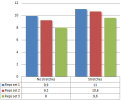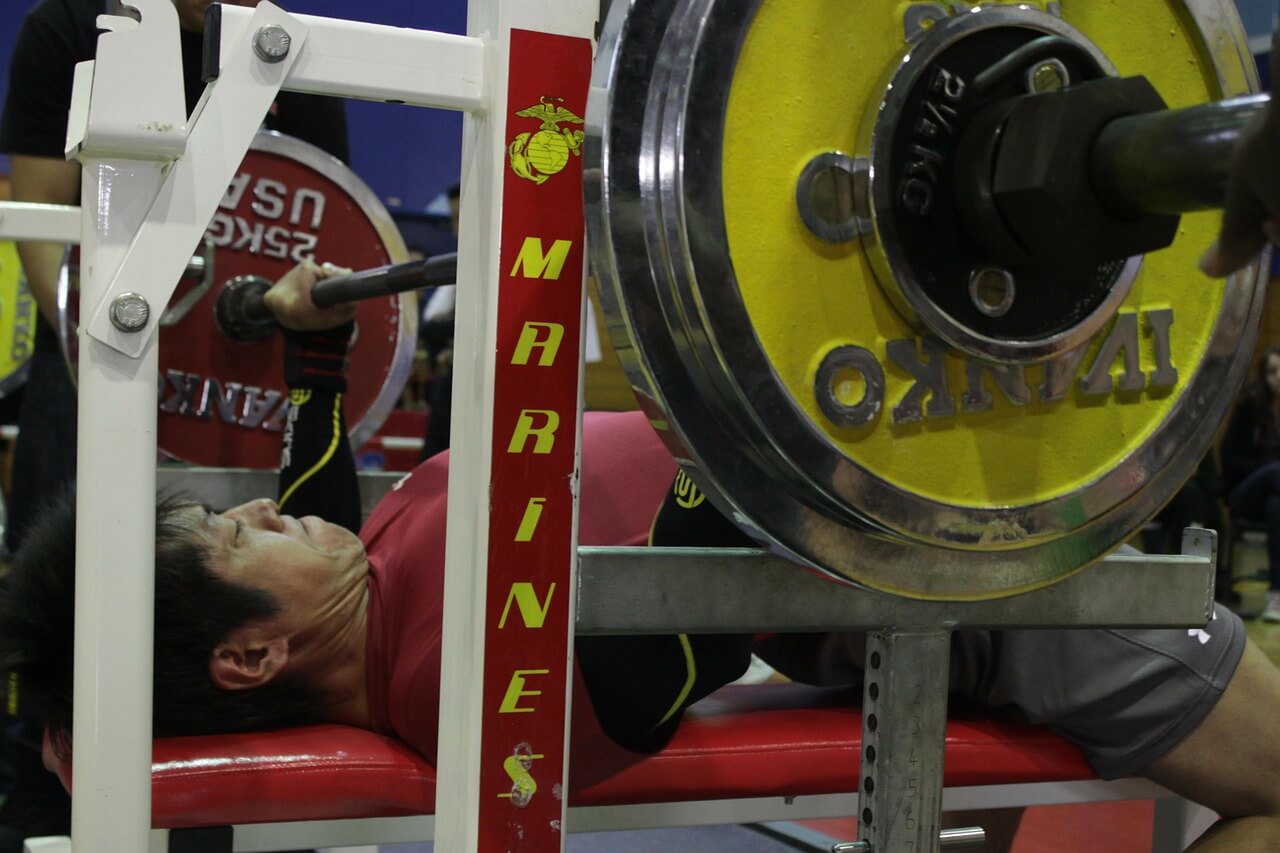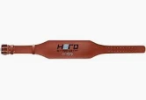It appears to me that you have possibly triggered your Golgi Tendon Organ When too much tension/force is exerted on a muscle, this Golgi Tendon organ kicks in and inhibits the muscle from firing up—- a protective mechanism.
Golgi Tendon Organ
The Golgi Tendon is like a circuit breaker at your house.
If it senses more current is coming in than it can handle, it trips the breaker.
The Golgi Tendon response in a similar way.
The Golgi Tendon Orgtan can and will shut down a muscle contraction if senses too much force.
Resetting The Golgi Tendon Organ
The key to Resetting The Golgi Tendon Organ is Progressive Overloading; methodically increasing the Load/Weight in a Movement.
The Golgi Tendon learns and adapts. It essentially "Resets The Golgi Tendon Organ Circuit Breaker".
In plain English, it take more force to trigger the Golgi Tendon before it is engaged.
In conjunction with it is...
Reciprocal Inhibition

en.wikipedia.org
"R
eciprocal inhibition describes
the relaxation of muscles on one side of a joint to accommodate contraction on the other side. In some
allied health disciplines, this is known as
reflexive antagonism. The central nervous system sends a message to the
agonist muscle to contract. The tension in the
antagonist muscle is activated by impulses from motor neurons, causing it to relax.
[1]
Agonist-Antagonist Muscle
The Agonist Muscles in a Movement are the ones contracting and performing the Exercise.
Think of them like the Gas Pedal on your car.
The Antagonist Muscles are on the opposing side of the contracting one.
Think of them as the Brake on your car.
If they sense too much force production in a Muscle Contraction, the perform a Braking Action.
Think of them like driving with the Emergency Brake on in your car.
The key to Overriding the Antagonist Muscle and producing more force is to Stretch The Antagonist Muscles prior to perform the Agonist Exercise.
If you stretch your pecs when you train your lats you'll manage more reps
Strength athletes will get more reps out of their sets if they stretch their muscles between sets. And we're not talking about the muscles you're training, but their antagonists. So when you're training the latissimi dorsi you need to stretch the pectoralis major.
ergo-log.com
Strength athletes will get more reps out of their sets if they stretch their muscles between sets. And we're not talking about the muscles you're training, but their antagonists. So when you're training the latissimi dorsi you need to stretch the pectoralis major.
The effect of stretching is obvious, and indeed, the subjects completed significantly more reps as a result.
 Light To Moderate Antagonist Exercise Prior To Agonist
Light To Moderate Antagonist Exercise Prior To Agonist
Another method is to perform an Antagonist Exercise to an Agonist one.
This method also allows greater Force Production in The Agonist Movement.
Bench Press Agonist Exercise Example
Performing a Row or Lat Pulldown with a Light to Moderate Load prior to Bench Pressing enable greater Force Production in The Bench Press.
Anecdotal Bench Press Example
Many Bench Pressers upon laying down on the Bench will grab the Bar in the Rack and essentially perform a Pull Up Row prior to a Heavy Set.
Without knowing it, performing a Pull Up Row on the Bench Press Bar disengages the "Braking Mechanism" of the Lats, enabling greater Bench Press Force Production.
Another method is to sit on the Bench. Prior to laying down, grab the bottom part of the Bench and perform an Isometric Row. Doing so, also stretches the Lats.
70-80% RM range is most optimal
Unclear
I am not quite sure what you are referencing this to. So, am going to guess.
Forces near 100% are optimal compared to 70-80%; when the time is right.
Pulse Training (See Post 14)
McGill's research determined how Fighters are able Maximize Force Production.



